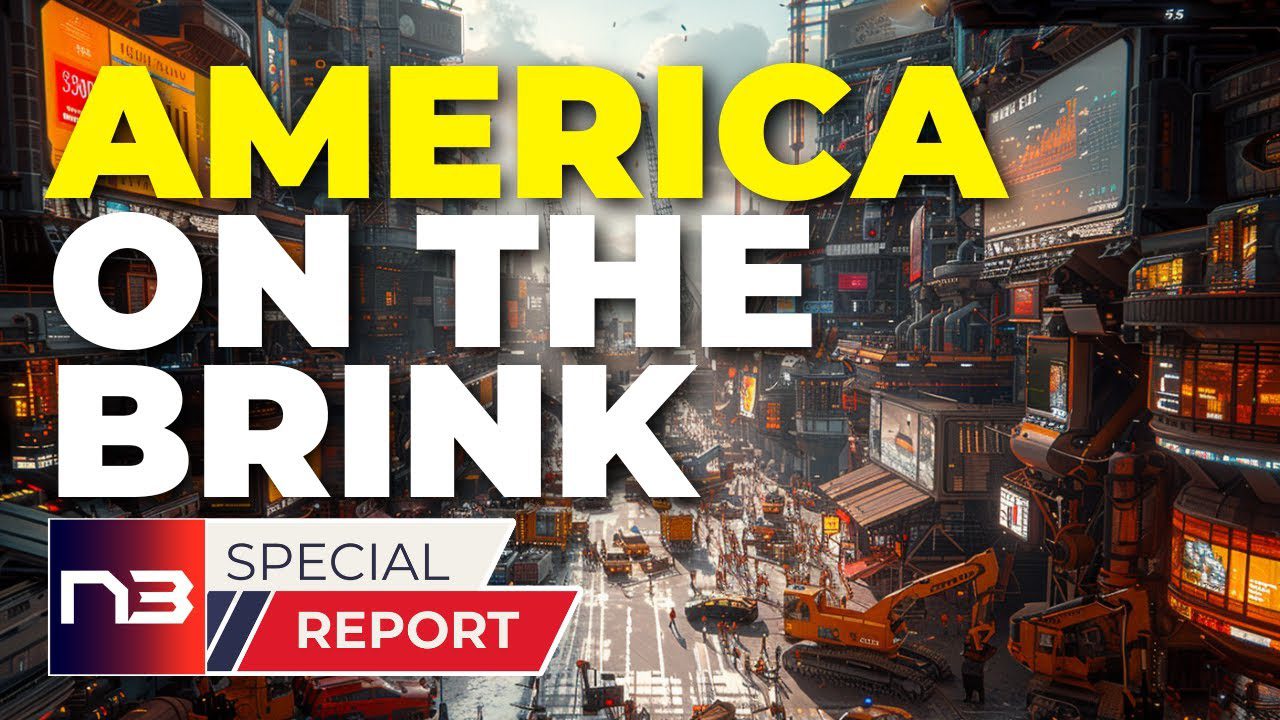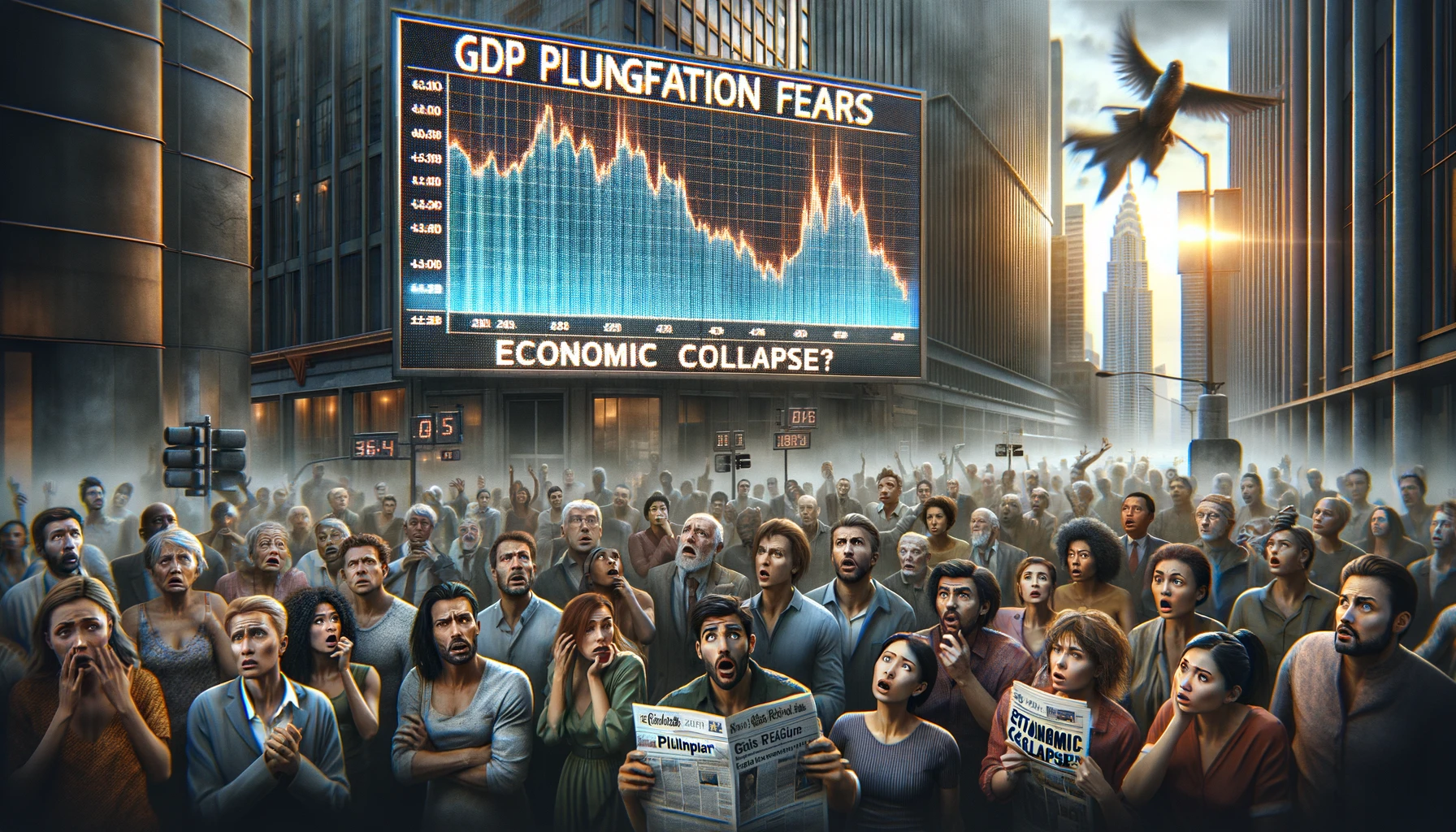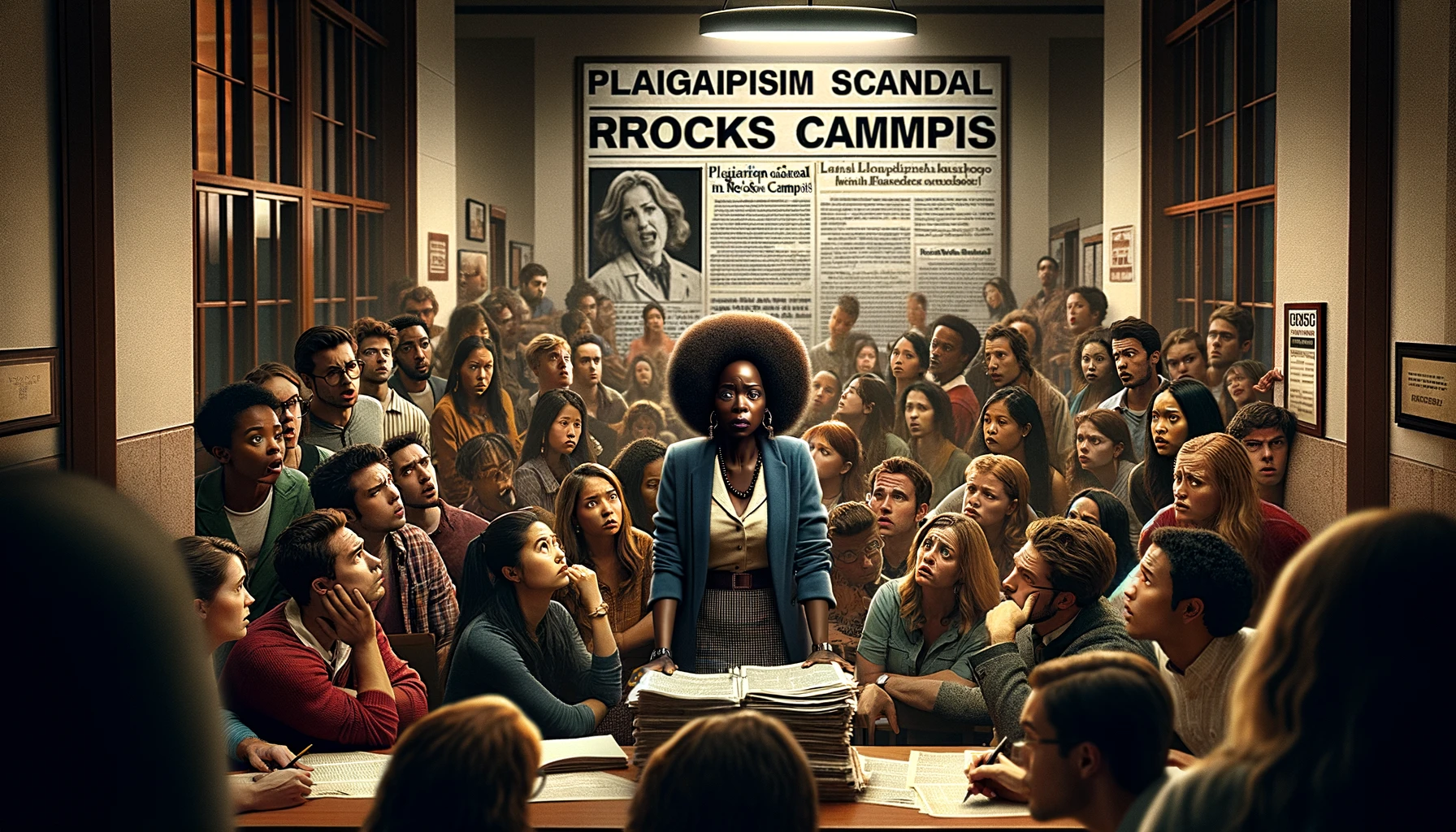Walt Disney Corporation’s troubles came into sharp focus last Thursday, as the financial analysts at KeyBanc downgraded the company’s stock due to “meaningful uncertainty” in its growth prospects. Market analyst Brandon Nispel pointed towards the disappointing subscriber growth from their flagship streaming services Disney+ and Hulu, both of which were expected to be the company’s saving grace amidst pandemic-induced setbacks.
The trend paints a bleak picture; Disney+ has lost over three million subscribers in the current year, following positive growth in previous years. Even when these services were gaining subscribers, Disney reported a hefty operating loss across Hulu and Disney+ in 2022, totalling $1.5 billion. Even ESPN+, another of Disney’s streaming platforms, is forecasted to run at a net loss this quarter, despite introducing an advertising tier.
Disney’s misfortunes extend to its theme parks. Nispel suggests that while Disneyland’s 100th anniversary celebration drove a short-lived growth, it was offset by a contraction at Walt Disney World due to comparisons against its 50th-anniversary celebration. Attendance data for April and May has been weak, which further exacerbates concerns around the company’s growth.
Nispel also expressed concern over Disney’s recent film releases. The company lost a staggering $890 million over its past eight films, including ‘woke’ box office bombs such as ‘Lightyear’, ‘Strange World’, and ‘Elemental’. These films have not only underperformed financially but have also been criticized for their perceived overemphasis on political correctness and social justice themes. The looming potential flop of ‘Indiana Jones and the Dial of Destiny’ could push Disney’s losses past the billion-dollar mark.
Disney’s strategy of releasing new titles on Disney+ after they leave theatres, rather than leasing them to competing streaming services for additional revenue, further adds to their financial woes. Analysts and investors alike question whether the era of $200M+ productions is over for Disney. Nispel suggests a structural shift where consumers now expect to watch animation and superhero content at home, and Disney needs to adapt its approach to meet this new reality.
Disney’s magic seems to be slipping away, and the company now faces an uphill battle to regain its position. As the company’s growth prospects remain uncertain, Disney’s enchanted kingdom appears more like a house of cards. The company’s future depends on its ability to adapt, innovate, and most importantly, listen to its consumers’ evolving demands. The world watches on as Disney grapples with these challenges, hoping to see the giant regain its glory or risk becoming a cautionary tale in the corporate world.

















